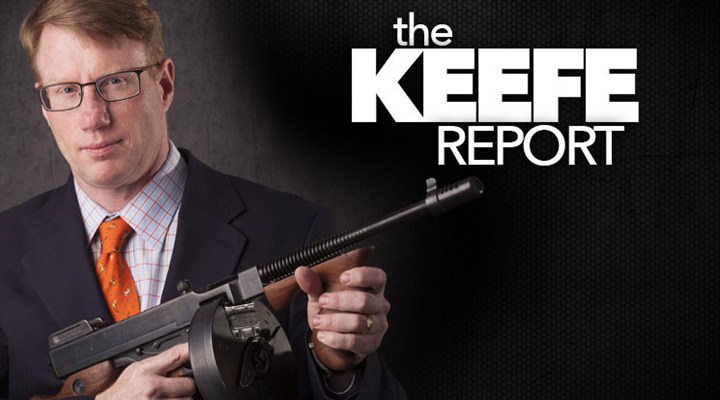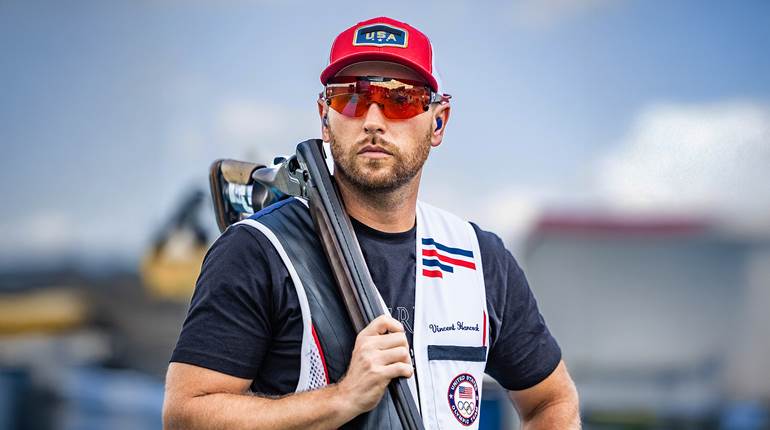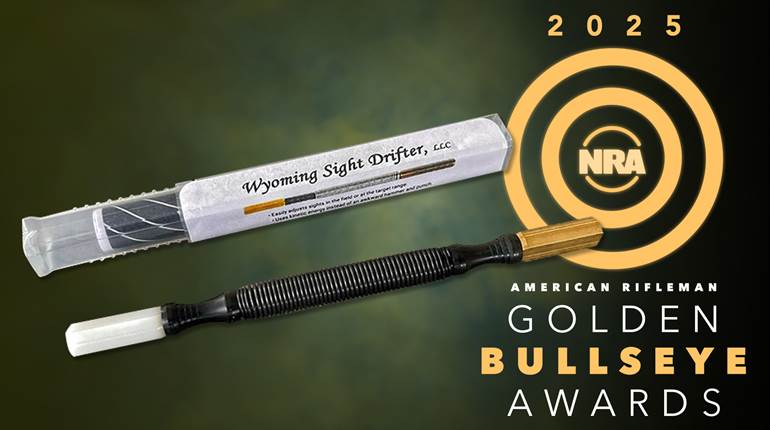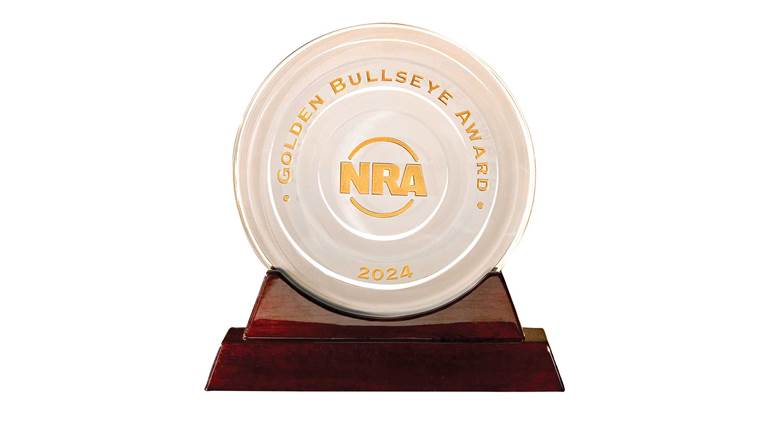
Almost since the inception of commercially viable semi-automatic pistols, women have been seen as potential users. After all, the right to self-defense is universal.  “This Gun Gives Her Nerve” declared a century-old advertisement for the Savage Model 1907 pistol. “A woman, if attacked while alone in the house will often fall in a faint. Why? The thought of utter helplessness comes over her when she realizes she is alone, and the thought strikes her senses cold. … The Savage Automatic (.32 cal.) will banish the thought of helplessness.” Obviously, there is a lot wrong, on many levels, with that advertising copy. “Here is the prescription for nerve,” it continues. “Hand your wife or mother a Savage. You’ll find she is not afraid to grasp it, as she is the old revolver.” So, what is the “prescription” for a woman’s gun? Ergonomics and aesthetics.
“This Gun Gives Her Nerve” declared a century-old advertisement for the Savage Model 1907 pistol. “A woman, if attacked while alone in the house will often fall in a faint. Why? The thought of utter helplessness comes over her when she realizes she is alone, and the thought strikes her senses cold. … The Savage Automatic (.32 cal.) will banish the thought of helplessness.” Obviously, there is a lot wrong, on many levels, with that advertising copy. “Here is the prescription for nerve,” it continues. “Hand your wife or mother a Savage. You’ll find she is not afraid to grasp it, as she is the old revolver.” So, what is the “prescription” for a woman’s gun? Ergonomics and aesthetics.
There have been numerous attempts to make and market handguns specifically for women, including the Savage. In 1902, Smith & Wesson introduced the .22 M-frame revolver that became known as the “Ladysmith.” That was followed by the LadySmith revolvers and semi-automatics of the 1980s (AmericanRifleman.org/LadySmith). In recent years, there have been attempts to design handguns that can be adaptable to women. More and more women are entering the shooting sports, as well as assuming careers in law enforcement and the military. Making handguns adaptable to those with “smaller hands” (a euphemism for women) is behind many of the replaceable-backstrap or changeable-frame systems offered by major manufacturers today. While many women have no trouble whatsoever running full-size guns, we are seeing progress toward handgun designs women can more easily “run.”
While I have found technique can address many issues some women have with semi-automatic pistols, there are some that cannot be surmounted. For example, a small-handed female colleague years ago asked to handle the H&K Mod 23 Mk 0, a big .45 ACP designed for Navy SEALs as an “offensive handgun weapons system.” She could not physically reach the trigger with the pad of her finger.
But aesthetics, too, play a role in firearm selection. Were it up to me, blued steel and walnut would still be the norm. To paraphrase a line from the “Blues Brothers,” “We have both kinds of guns … blue and stainless.” But since the introduction of anodized aluminum frames, and even more dramatically, with polymer-frame guns, virtually any color is possible. Not unlike men, women are not monolithic when it comes to style. Some women I know regard the Kimber Pro Carry as the height of beauty. Others, though, are looking for something distinctive, separate or, lacking a better descriptor, “girly.”
But just injecting pink polymer into a mold does not make a gun well-suited to a woman. It must also be ergonomically sound to the user. One could make the Mk 23 Mod 0 in pink (seriously, H&K, don’t do it), yet it would render it no more well-suited to women than would placing racing stripes on a 1976 AMC Pacer to make it a contender for the Sprint Cup.
With the EAA Witness Pavona, Tanfoglio is offering aesthetic choices not yet tried, but the company’s engineers also made mechanical changes to make it better suited in both styling and application. Read more about the Pavona, the first NRA Golden Bullseye Woman’s Innovation Award recipient.























![Winchester Comm[94]](/media/1mleusmd/winchester-comm-94.jpg?anchor=center&mode=crop&width=770&height=430&rnd=134090756537800000&quality=60)
![Winchester Comm[94]](/media/1mleusmd/winchester-comm-94.jpg?anchor=center&mode=crop&width=150&height=150&rnd=134090756537800000&quality=60)












